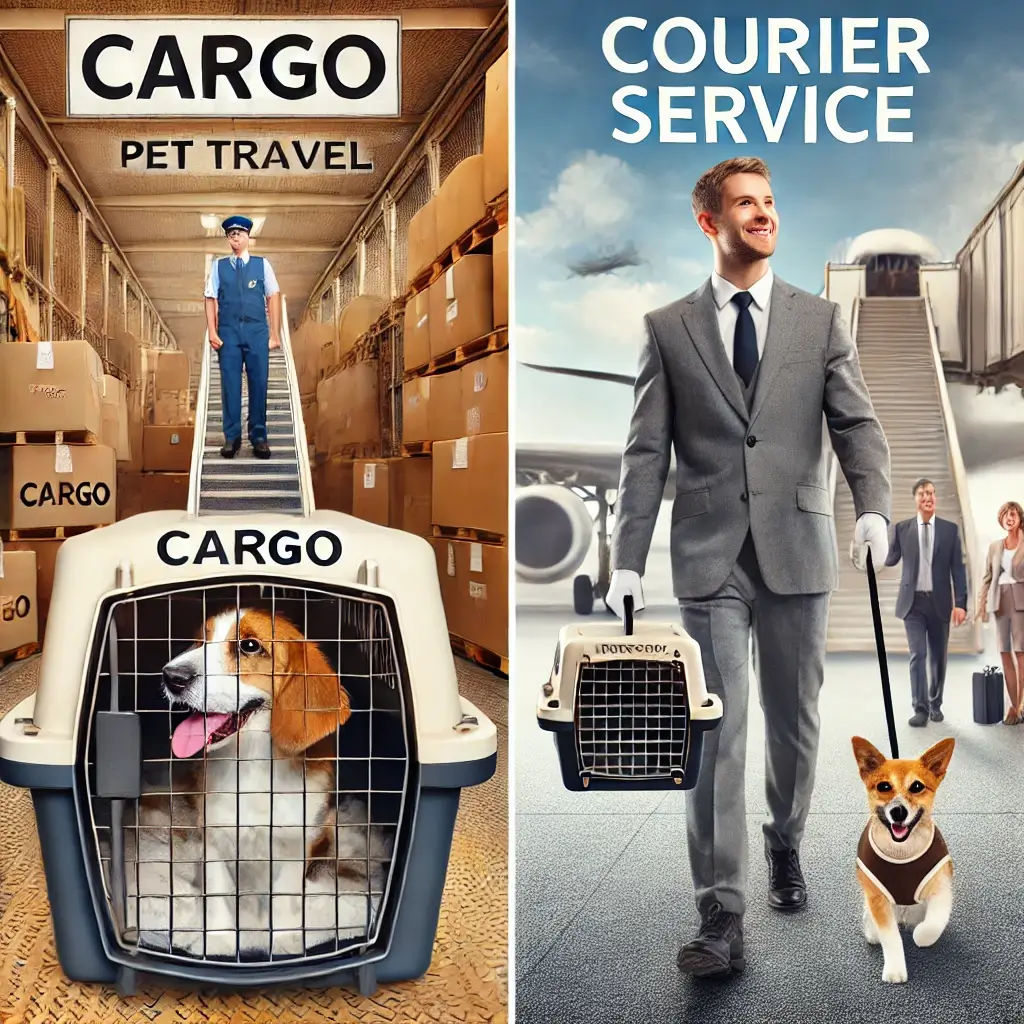A car is a kind of transport that provides maximum comfort when moving even over long distances. That’s why transporting dogs in a vehicle is so popular: in the car, you can control a pet as much as possible, ensure its (and your) safety and eliminate discomfort for others. And if small dogs can be transported in public transport in carriers, then there is practically no alternative to a car for medium and large breeds.
Yet, a trip in a car, especially the first or long one, is stressful for the dog and its owner. How to minimize this stress – we will tell in our article!
What should you think about beforehand?
So, you have a trip with a dog in the car that has not yet become a routine. For example, you must pick up an animal from the airport (a dog transportation company can deliver it there) or from a breeder. What should you prepare in advance?
- Place. For a small dog or puppy – a cage or carrier (if they were not used when transporting a dog from abroad). For a large adult animal – a harness with the possibility of fastening in the cabin.
- Companion. These regular rides with a car-trained dog can be done alone. Difficult flights (and the first flight with a dog is always tricky) – only with a partner who will take care of the animal.
- Condition of the dog. If you do not know how the dog reacts to being transported in a car, it is better to start from the assumption that the animal gets car sick. To avoid unpleasant surprises, ask not to feed the dog before the trip and choose your route carefully. The less shaking, the better.
Rules for transporting dogs in a car
Now – about the rules for transporting dogs. They are pretty simple, intuitive but following them will help you avoid an unpleasant outcome and even an accident:
- The dog must not move freely in the cabin. Yes, even if it’s used to it. Yes, even if it’s a small dog. A Spitz, Yorkshire Terrier, or Chihuahua in the area of the pedal block is not at all what you want to find a second before emergency braking.
- If the dog “travels” in a carrier, it must be fixed in the cabin. Otherwise, a large angular object becomes a projectile that can fly into the driver’s head with any sharp maneuver.
- A harness is better than a leash with a collar. But in any case – the “harness” of the dog is securely fastened. Moreover, it is desirable that the dog cannot contact the driver.
Advice! Worried about seat covers in the cabin? You are doing the right thing. A special blanket or lounger will protect the upholstery from wool and claws.
- Finally, an open window is one of the main enemies of a dog in a car. Either the dog will catch a cold because of the draft, or it will try to jump out (and here, you can’t guess which is better – a tied dog or not). So, close the windows or leave a tiny gap.
If you have a long trip with a dog?
The rules above apply to all travel. But if you must travel far (for example, a dog delivery service from abroad bringing an animal to a neighboring city), you should prepare more carefully for the trip. A partner is much more needed here; in addition, you should heed the following tips:
A stressed dog needs to use the toilet more often than a calm one (and more often than you do). Therefore, once every 3-4 hours, plan to stop.
- On a long journey, the dog needs to eat, but much more importantly, drink regularly. So every stop is an excellent opportunity to replenish the “water balance” of the pet.
- Finally, the most important rule on a long trip. Never walk your dog without a leash. Yes, even if she is afraid to move away from the car. Yes, even if the dog seems quiet and obedient. One distraction, one sharp sound – and you are in an unfamiliar place; the dog is no longer within sight, so it is unclear how and where to look for it. Only a leash!
It is possible to transport dogs in a car. You can also make your trip comfortable and safe. But the solution to this problem requires attentiveness and preliminary preparation from the owner. So follow the tips in the article – and let the trips with your pet bring only pleasure!













